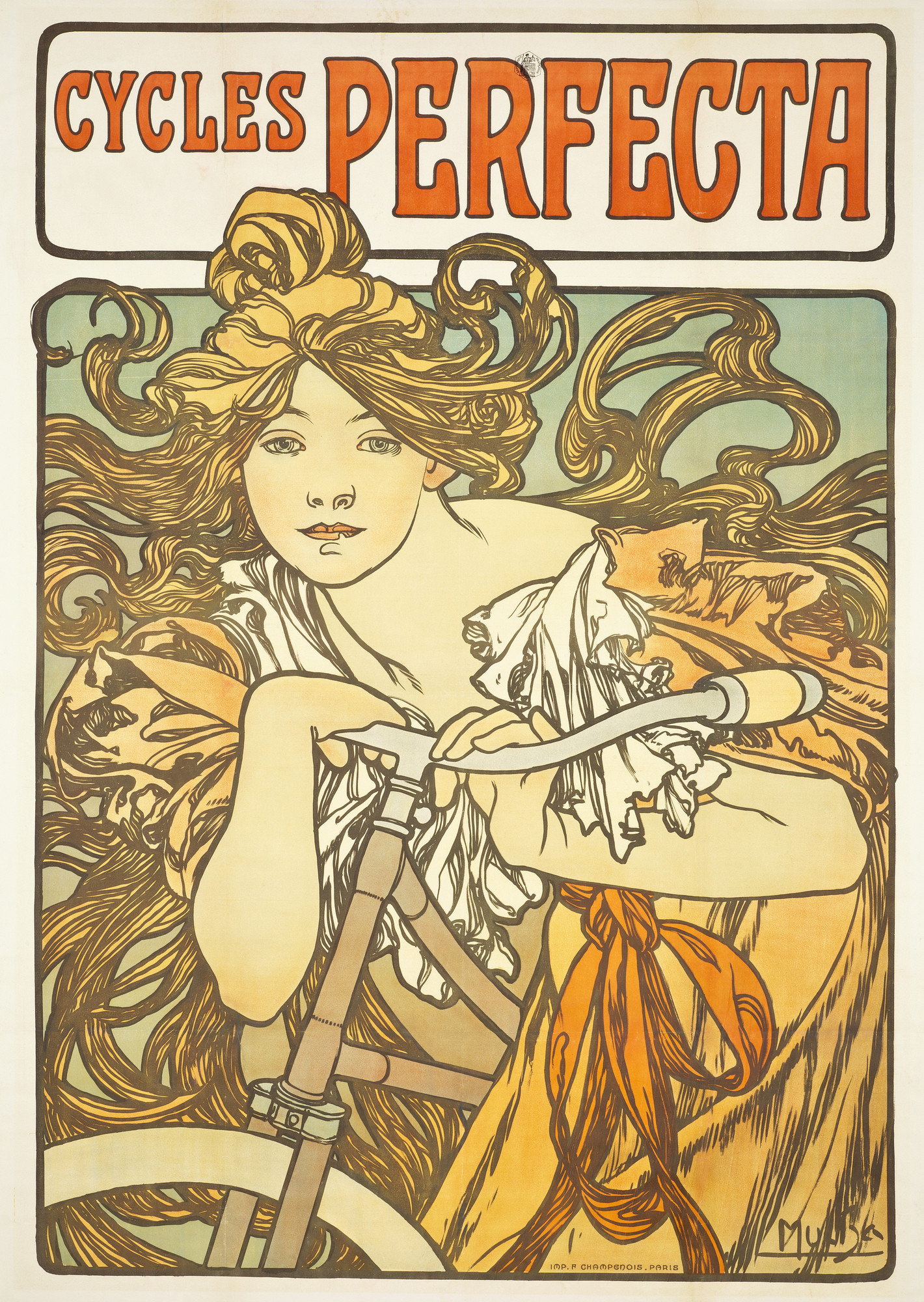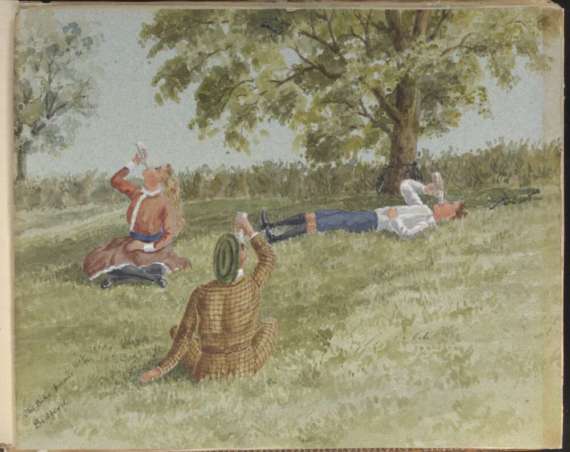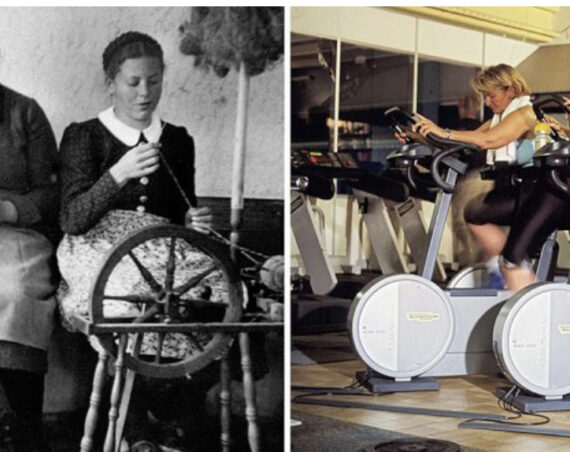The turn of the 20th century witnessed a fascinating intersection of art and commerce in Alphonse Mucha’s stunning advertisement poster “Cycles Perfecta.” Created in 1902, this masterpiece exemplifies how Art Nouveau’s flowing aesthetic could transform even commercial advertising into timeless art.
The Master of Art Nouveau
Alphonse Mucha, the Czech artist who revolutionized decorative arts in Paris, is primarily celebrated for his ethereal portraits of actresses and his decorative panels featuring idealized female figures. However, “Cycles Perfecta” reveals another facet of his artistic genius – his ability to merge commercial interests with high artistic expression.
Analyzing the Composition
The poster’s central figure is a graceful woman, characteristic of Mucha’s iconic style, holding a bicycle with one hand while gesturing invitingly toward the viewer with the other. Her flowing hair and dress create a sense of movement that perfectly complements the bicycle’s mechanical precision. This juxtaposition of organic and mechanical elements was groundbreaking for its time.
Key Visual Elements:
- Sweeping, curved lines typical of Art Nouveau
- Rich, ornamental details framing the composition
- Subtle color palette emphasizing gold and pastel tones
- Dynamic pose suggesting both elegance and mobility
Cultural Context and Significance
The 1890s saw an explosion in bicycle popularity, particularly among women. The bicycle became a symbol of female emancipation, offering unprecedented freedom of movement. Mucha’s poster captures this revolutionary spirit while maintaining his signature aesthetic refinement.
The Bicycle Revolution:
- Growing acceptance of women cyclists
- Technological advances in bicycle manufacturing
- Rising middle-class leisure activities
- Changing fashion trends to accommodate cycling
Advertising Meets Artistry
“Cycles Perfecta” represents a pivotal moment in advertising history. Unlike earlier, more straightforward commercial posters, Mucha elevated the advertisement to an art form, creating a piece that was both commercially effective and aesthetically sophisticated.
Technical Innovation in Design
Mucha’s poster utilized several innovative design techniques:
- Integration of text and image
- Use of negative space to create depth
- Balanced composition drawing the eye to product details
- Sophisticated color harmonies
Legacy and Influence
Today, “Cycles Perfecta” stands as more than just an advertisement – it’s a testament to the power of combining commercial necessity with artistic vision. Its influence can be seen in contemporary design, particularly in luxury brand advertising and lifestyle marketing.
Collecting and Value
Original prints of “Cycles Perfecta” are highly sought after by collectors, with well-preserved examples commanding significant prices at auction. The poster’s enduring appeal lies in its perfect balance of commercial purpose and artistic merit.
Conclusion
“Cycles Perfecta” remains a masterful example of how commercial art can transcend its initial purpose to become a lasting cultural artifact. Through this work, Mucha demonstrated that advertising could be elevated to fine art while still serving its commercial purpose effectively.



